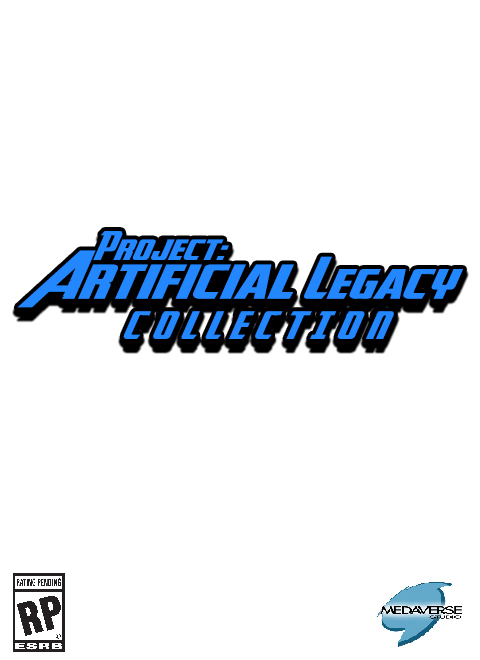What IF Medaverse Studio was founded in the 1980's....

Development
From 2016 to 2018 development was slow, we focused on planning, writing out ideas and doing research.
In February of 2018, development went into full swing as we started Medaverse Live, a weekly live development blog that we hosted on Twitch.tv. This allowed us a better outlet to interact with the community and show how the development process with Project: Artificial Legacy was going.
Development has been a slow process, but much as been done. In 2018 we started with nothing more than a rough idea and through the last 5 years we have flushed out the universe, creating a world bible that helps outlining what the world is like, different creatures and what will happen across all 4 games. We have built out a robust system within Unreal Engine that will allow the development of Project: Artificial Legacy 2, 3 & 4 to go MUCH faster.
In 2023 Development of the first Chapter finally wrapped, we look forward to the release of the first chapter of Project: Artificial Legacy and kicking off the development of Super Project: Artificial Legacy (Project: Artificial Legacy 2)!
The idea for Project: Artificial Legacy:
While we have seen many retro style games out there, we’re adding our own spin on the idea… What IF Medaverse Studio was founded in the 1980’s, and this is a compilation of the ‘Project: Artificial Legacy’ series.
A lot of thought and preparation is going into the development of this series. It’s going to be a good challenge and a lot of fun too.
Project: Artificial Legacy will be more than just a single game; it will be a collection of 4 games stretching across 4 different console generations.
Project: Artificial Legacy – Part 1 will be an 8bit NES style Action game.
Super Project: Artificial Legacy – Part 2 will be designed in the 16bit era.
Project: Artificial Legacy 64 – Part 3 will take the jump into 3D with a 64bit style game.
Project: Artificial Legacy 4 – Will be a game that will be designed as if it was released during the “128bit” generation.
Second, we are putting some very strict guidelines and limitations on each game, in theory we should be able to re-create the game on its given platform and it should look and play identical.
and third, when it comes to gameplay, we limit ourselves to what was already being done during specific era and try not to use gameplay that did not exist during that time. Example in our first game we limit ourselves to what was available up until 1987. Same goes when we look at material for inspiration (e.g., other games, Movies, comics, books, etc.) we limit ourselves to what was available during the given time frame we are “working in”. When we select the date, we pick something reasonable for a release, we don’t want to be releasing a SNES/Genesis game in the middle of the N64/PlayStaion era because we wanted to use a specific idea. While it might not be very evidenced in the first part, it will become more obvious in the future installments.
With this game we will also be taking a different approach to development, Instead of being quiet and waiting to show what we have created, we are going to be open about development, taking the community along for the journey with us.
